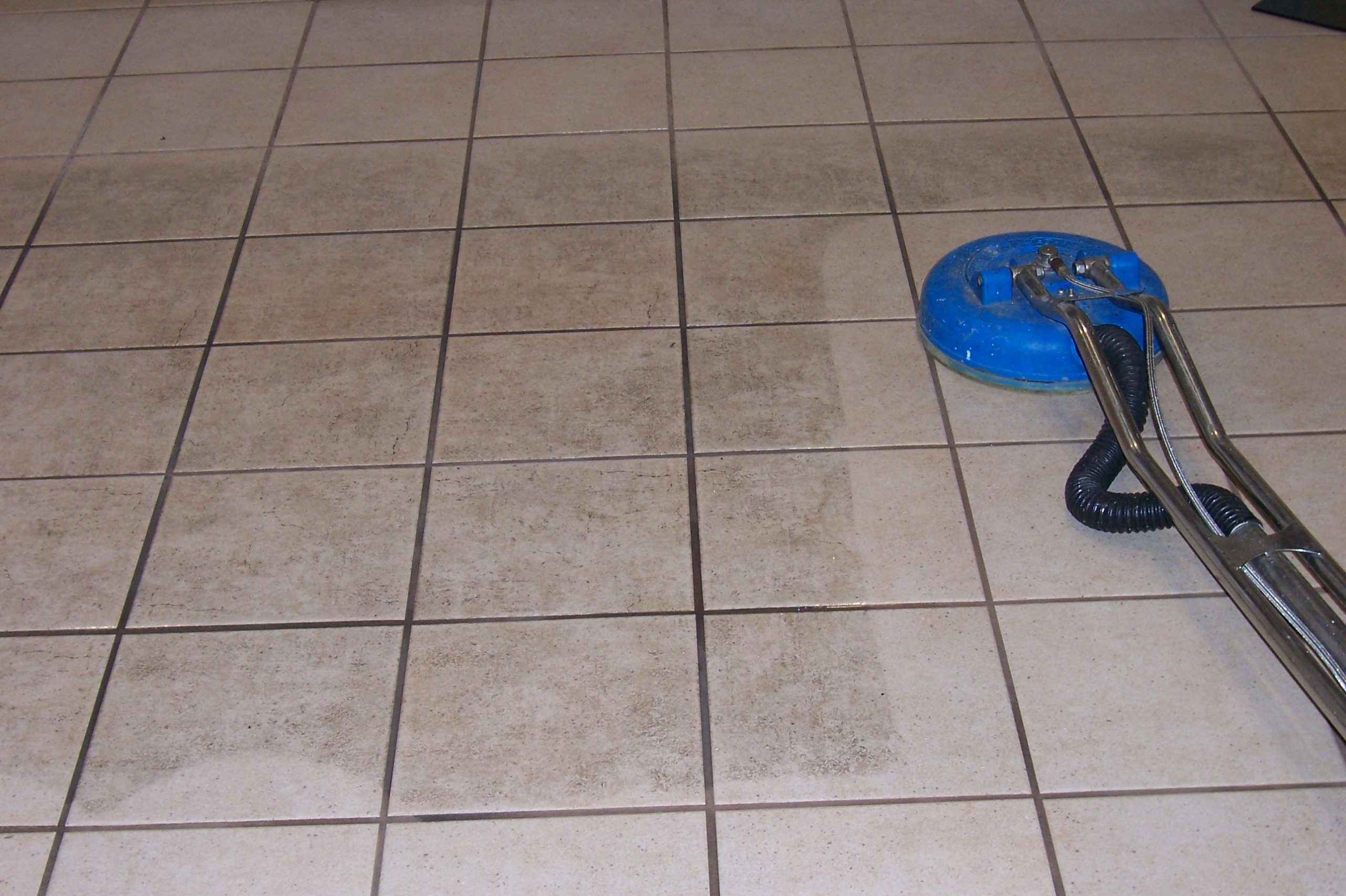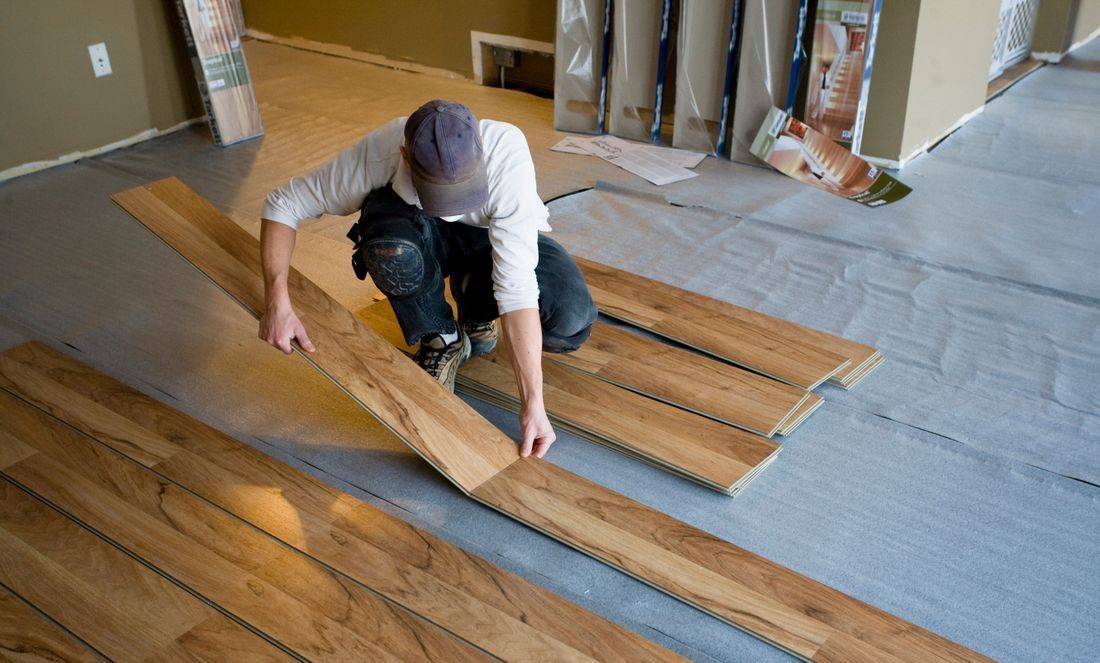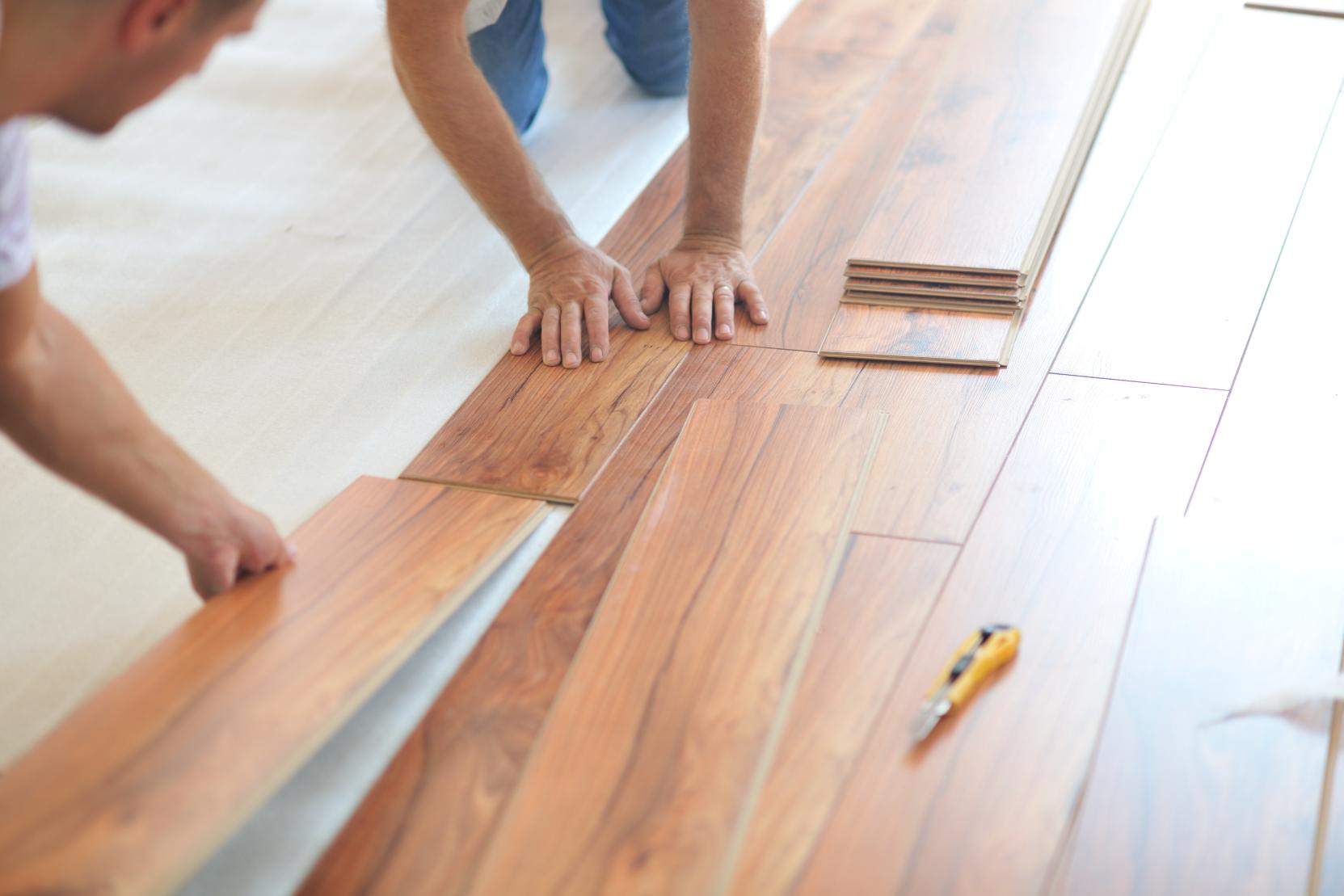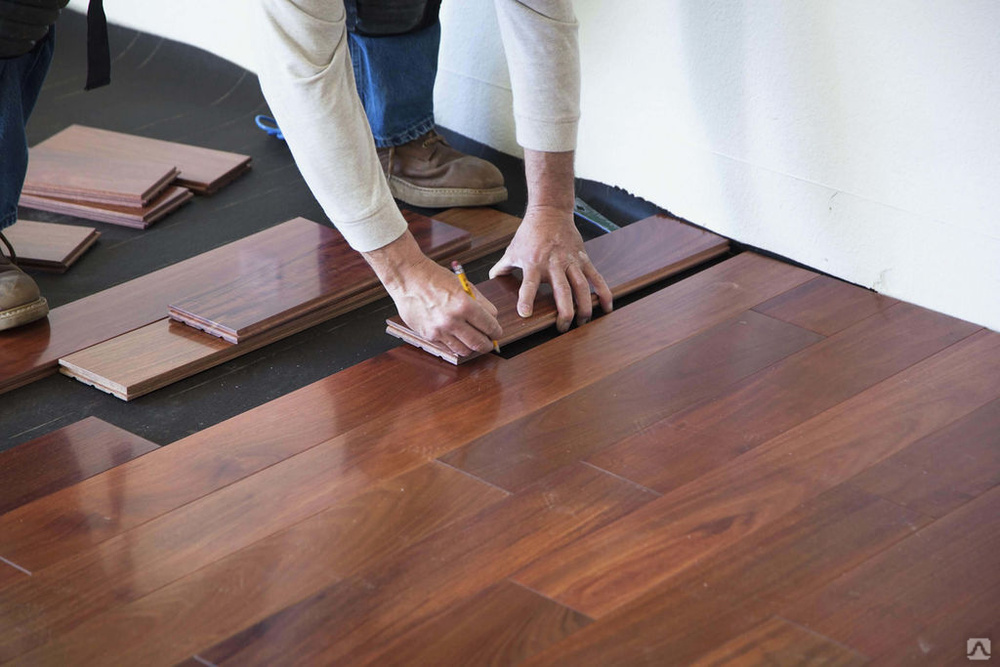If you're looking to transform your home or commercial space, one of the most impactful changes you can make is to restore your floors. Floor sanding and polishing can bring new life to tired, worn-out floors, adding both beauty and value to your property. In Melbourne, there are numerous professionals offering top-notch floor sanding and polishing services. This guide will help you understand the process, the benefits, and how to choose the best service provider for your needs.
Understanding Floor Sanding and Polishing
What is Floor Sanding?
Floor sanding involves removing the top layer of your wooden floors using abrasive materials. This process eliminates surface imperfections, scratches, and stains, revealing a fresh, smooth layer of wood. Sanding prepares the floor for finishing treatments, ensuring that these products adhere properly and provide long-lasting protection.
What is Floor Polishing?
Floor polishing is the process that follows sanding. It involves applying a finish to the sanded wood, such as varnish, polyurethane, or oil, to enhance its appearance and protect it from damage. Polishing gives the floor a glossy, smooth finish, making it look new and well-maintained.
Benefits of Floor Sanding and Polishing
-
Aesthetic Appeal: Sanding and polishing can dramatically improve the appearance of your floors, making them look clean, shiny, and new. This transformation can enhance the overall aesthetic of your space.
-
Increased Property Value: Well-maintained floors can increase the value of your property. Potential buyers and tenants often view polished floors as a sign of a well-cared-for home or business.
-
Improved Durability: Polishing provides a protective layer that makes floors more resistant to wear and tear. This is especially important in high-traffic areas.
-
Health Benefits: Sanding removes dust, allergens, and bacteria that can accumulate in cracks and crevices. Polished floors are easier to clean, contributing to a healthier indoor environment.
Choosing the Right Floor Sanding and Polishing Service in Melbourne
Research and Recommendations
Start by researching local floor sanding and polishing services in Melbourne. Word of mouth is often a reliable source of information, so ask friends, family, and colleagues for recommendations. Online reviews and ratings on platforms like Google, Yelp, and Facebook can also provide valuable insights into the reputation and reliability of various service providers.

Experience and Expertise
When selecting a floor sanding and polishing service, experience matters. Look for companies with a proven track record in the industry. Experienced professionals are more likely to handle unexpected challenges effectively and deliver high-quality results.
Services Offered
Ensure that the company offers a comprehensive range of services, including:
- Initial consultation and assessment
- Floor sanding
- Floor polishing
- Staining (if desired)
- Repairs for damaged floors
- Ongoing maintenance advice
A full-service provider can address all your flooring needs, saving you time and hassle.
Quality of Materials
Inquire about the materials and products the company uses. High-quality abrasives and finishes will produce better results and ensure the longevity of your floors. Environmentally friendly products are a plus, as they are safer for your family and pets.
Transparent Pricing
Request detailed quotes from multiple companies to compare pricing. The quote should include all costs, such as labor, materials, and any additional fees. Beware of unusually low quotes, as they may indicate subpar materials or workmanship.
Customer Service
Good customer service is crucial. Choose a company that communicates clearly, listens to your needs, and provides prompt responses to your questions. A company that values its customers will likely deliver a better overall experience.
Top-Rated Floor Sanding and Polishing Services in Melbourne
To help you get started, here are some top-rated floor sanding and polishing services in Melbourne:
1. Premium Floors Melbourne
Premium Floors Melbourne is known for its exceptional craftsmanship and attention to detail. They offer a wide range of services, including sanding, polishing, staining, and repairs. With years of experience, they provide high-quality results tailored to each client's needs.
2. Refresh Flooring
Refresh Flooring has built a strong reputation for their professional approach and outstanding customer service. They use high-quality materials and the latest techniques to ensure a flawless finish. Their services include sanding, polishing, and ongoing maintenance advice.
3. Melbourne Floor Sanding and Polishing
This company specializes in transforming old, worn-out floors into stunning features of your home. They offer comprehensive services, from initial assessment to the final polish, using top-tier products and equipment.
4. Fine Finish Flooring
Fine Finish Flooring is dedicated to delivering superior results with a focus on customer satisfaction. They offer detailed consultations, ensuring that your vision for your floors is realized. Their services include sanding, polishing, staining, and floor repairs.
5. Total Floor Sanding and Polishing
Total Floor Sanding and Polishing provides a range of services designed to meet diverse client needs. They are known for their reliability, quality workmanship, and competitive pricing. Their team of experienced professionals ensures that every project is completed to the highest standards.
Conclusion
Investing in professional floor sanding and polishing can significantly enhance the look and value of your property. By choosing a top-rated service provider in Melbourne, you can ensure that your floors are restored to their former glory and protected for years to come. Remember to research thoroughly, check credentials, and compare quotes to find the best service for your needs. With the right professionals, your floors will shine like new, adding beauty and elegance to your space.


 5.Finishing Touches: Once the final coat of polish has dried, inspect the floor for any touch-ups or imperfections. Lightly sand any rough patches or drips with fine-grit sandpaper, being careful not to damage the surrounding areas. A final buffing with a soft cloth or buffing machine can enhance the sheen and smoothness of the finish, leaving your floors looking immaculate.
5.Finishing Touches: Once the final coat of polish has dried, inspect the floor for any touch-ups or imperfections. Lightly sand any rough patches or drips with fine-grit sandpaper, being careful not to damage the surrounding areas. A final buffing with a soft cloth or buffing machine can enhance the sheen and smoothness of the finish, leaving your floors looking immaculate.